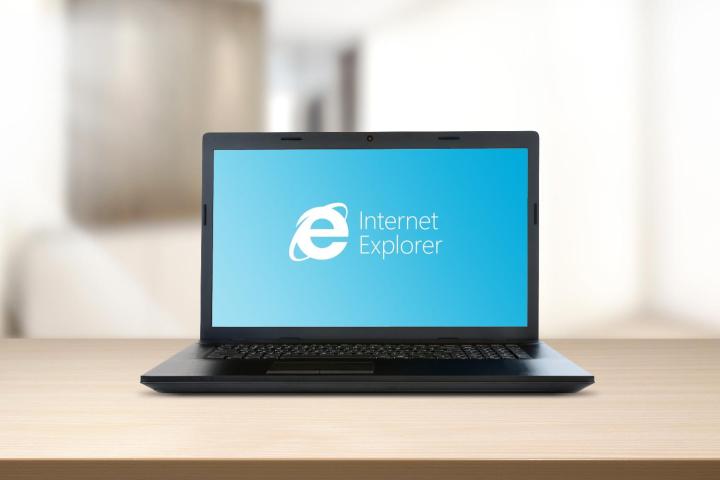
This particular flaw in Internet Explorer potentially gives remote access to a user’s system, though it does have to be executed through the age-old practice of malware infested email attachments, or having someone visit an infected website. If that happens, the nefarious individuals behind the bug are immediately granted the same level of access to your system as your logged-in account. This in turn means that if you’re on as an admin, they can do just about whatever they want.
The bug is said to affect all versions of Internet Explorer 7 through 11, across Windows Vista, Server 2008, 7, 8 and 8.1 This includes 32 and 64bit versions.
Related: Microsoft divulges details on what’s being dropped from Edge’s new rendering engine
It’s fortunate then that Microsoft has jumped on this and unless you have your updates set to be manually approved, this patch should come through automatically without you having to do anything. However, if it doesn’t, head to Windows Update, to have it download and install itself, or you can do it entirely manually be heading to Microsoft’s Security Bulletin.
There is one known flaw with this update, in that it is mis-labelled in Add or Remove programs, where it’s listed as a “Hotfix” instead of a “Security Update.” However, this does not affect the effectiveness of the patch in any manner, and shouldn’t cause any problems beyond mild confusion.
Do any of you still use Internet Explorer? Or are you all Chrome and Firefox users these days?
Editors' Recommendations
- How Intel and Microsoft are teaming up to take on Apple
- Microsoft accidentally released 38TB of private data in a major leak
- Microsoft teases design overhaul of major Windows 11 app
- Signs point to Microsoft finally giving up on the Surface Connect port
- Microsoft’s Bing Chat waitlist is gone — how to sign up now



